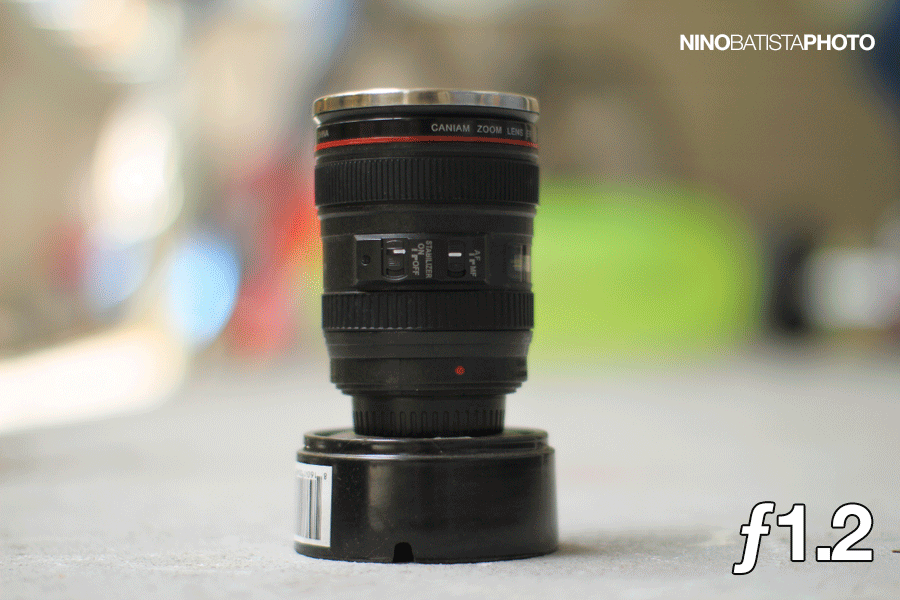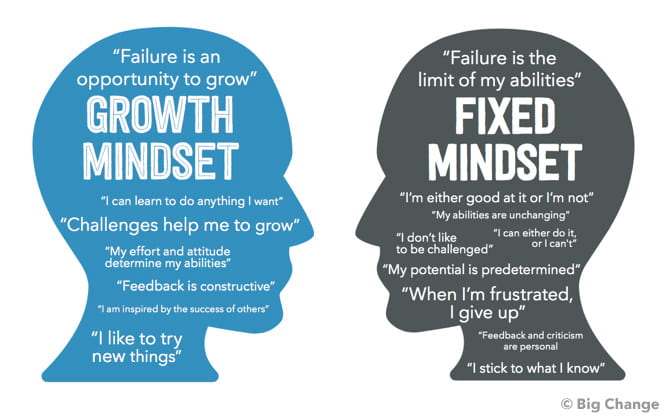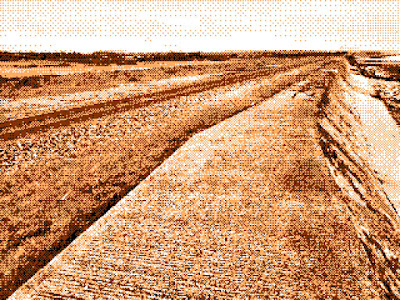Musings on
technology and recording the world.
Since our last conversation I’ve been pondering, and
enjoying the sensation. There are lots
of interesting concepts bobbing around in a sea of confusion/misunderstanding,
and I’m wading around (I think my feet can just about touch the bottom) and
attempting to retrieve some and dry them off on my damp sleeve.
As I’m not strictly speaking a ‘digital native’ (perhaps non
of us have a choice now) ‘The Digital’ is something I’ve wrestled with pretty
much since its arrival. When I was
training to teach I.C.T. I tried to figure out the differences between digital
and analogue computers, so it’s interesting to consider what ‘analogue’ means
in the context of image production.
I have a lot of home made cassette recordings of music I
made in the 80’s and 90’s. I guess this
was ‘artisanal’ music making. It was
hands on, messy (imprecise), and the results were hit and miss. There was no going back and correcting, just
re-doing. This became denoted as ‘8 bit’
recording quality. It was full of
noise. As soon as the desktop computer
arrived, I got one and installed a £250 sound card so that I could make
recordings that more closely resembled ‘professional’ recordings. I was more than happy to switch from the
medium of 3.17 mm tape to a digital medium that offered a signal to noise ratio
only available at very expensive professional recording studios. What counted was making clear recordings
where you could hear all the elements (even if you were working in the genre me
and my friends jokingly referred to as ‘noise-racket fusion’).
If I found and restored a wax cylinder recorder it would be
interesting to experiment with. The
crackle and hiss is evocative. A
recording of a Trump rally on this medium would make an effective social
comment. Early recordings of jazz were
poor facsimiles as they were unable to capture bass frequencies. The bass drum reverberations would make the
recording needle jump. I suspect (though
have no direct knowledge) that this affected the development of jazz. Singing style certainly changed when
amplification arrived. Crooning began,
for better or worse.
So to what extent are we to go along with technological
determinism? And how might this impact
on our investigations in to imaging the world, and the mediums we have to do
this with?
Steam is a technology that people don’t want to loose. They rely on it to give them a nice day out
whilst holidaying in areas of ‘outstanding natural beauty’. There is something about a steam
engine. I was chatting to my retired
photography technician friend the other day and was a little surprised to hear
this Apple-toting technophile express a similar sentiment about the medium of
film stock when compared to the very best that digital imaging can offer. He said ‘there is something about
film’. An undefinable quality. And this can not be reduced to measurable
factors like dynamic range, though this does seem to become an important
consideration where projection is concerned.
I followed some click-bait to an advert for a 24k (yes
really!) professional (‘Black magic’) digital camera recently, which was
selling itself as equal to the dynamic range of film stock. It was billed as a ‘digital film’ camera (not
‘digital video’). The term ‘digital
video’ is confusing, since ‘video’ is actually an analogue medium, despite
being an electronic one. It uses (used)
magnetic tape. Anyway, the camera was
being advertised to high-end professional filmmakers and cinematographers, who,
according to some web sources, are still opting to use film stock to capture
their images. The blurb talked of ‘exceptional
low light capabilities’. This is an
area where film stock can not compete. ‘No
more rushing around to capture the last few minutes of daylight’.
There are many areas however, where the digital medium can
not compete. There are horses for
courses. Am I sitting on ‘Becher’s
Brook’?














